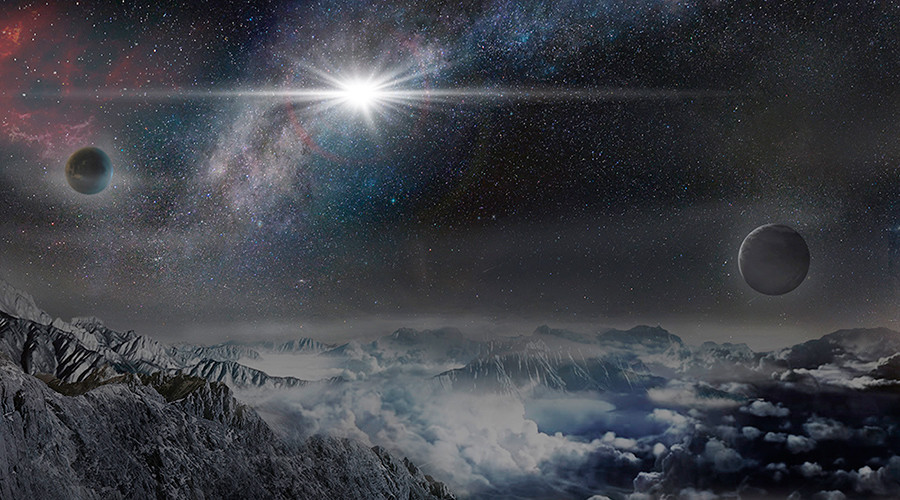20x brighter than Milky Way: ‘Most powerful supernova observed’ lights up far-away galaxy

Astronomers have discovered the most dazzling supernova ever, which shines 20 times brighter than the Milky Way galaxy and is considered “the most powerful supernova observed in human history,” according to a paper published in the latest Science journal.
The newly spotted supernova is also said to be 570 billion times brighter than the sun. It is located around 3.8 billion light years away in a galaxy about three times bigger than the Milky Way.
A supernova is a rare phenomenon that occurs when a massive star explodes at the end of its life. This is an especially unique supernova, since it is twice as luminous as any other supernova observed to date.
Lead author Subo Dong of China’s Peking University said that he was “too excited to sleep the rest of the night,” when he learned of the discovery.
Fellow researcher Benjamin Shappee of the Carnegie Institution for Science in Pasadena, California doubted the results at first, describing them as “surreal.”
“Discoveries like this are the reason I am an astronomer,” Shappee told AP. “Nature is extremely clever and it is often more imaginative than we can be.”
The cosmic blast was first noticed on June 14, 2015, in an automated search for these kinds of supernovas.
The supernova was labeled ASASSN-15lh for the All-Sky Automated Survey for Supernovae (pronounced “assassin”).
As bright as it may be, astronomers are still in the dark as far as it explanation is concerned, Dong said in a statement.
- “The explosion’s mechanism and power source remain shrouded in mystery because all known theories meet serious challenges in explaining the immense amount of energy ASASSN-15lh has radiated … Like many mysteries in astronomy, it may take years, if not decades, of observational and theoretical efforts to unravel it.”
- One of the theories is that the supernova could have been triggered by a black hole. A second theory is that the space explosion was induced by a magnetar, which is a rare and rapidly rotating neutron star that has a very strong magnetic field, Ohio State University astronomer Todd Thompson said.
Scientists will be pursuing their research later this year by using the Hubble Space Telescope to get a closer look at the supernova’s host galaxy, which is unknown at this point.
Политика конфиденциальности | Правила пользования сайтом







